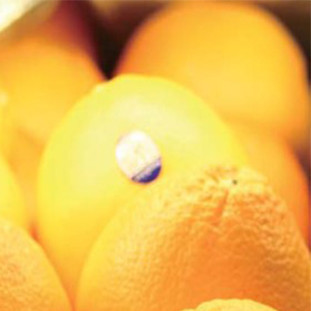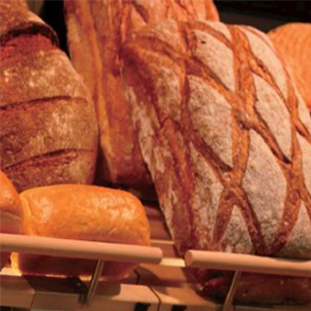

- Lighting Solutions
- Expertise
- Products
- Company
- News & Events


English: International Commission on illumination
French: Commission Internationale de l´Eclairage(CIE 1974)
The Color Rendering Index (CRI) is a quantitative measurement of how accurately a light source represents the colors of objects compared to a natural or ideal light source. The highest possible CRI is 100, with most LEDs having a CRI of around 80 or higher, and some can achieve a CRI of up to 90, 95 or more. However, achieving a higher CRI may come at a cost, as the lumen output may decrease by around 15%.
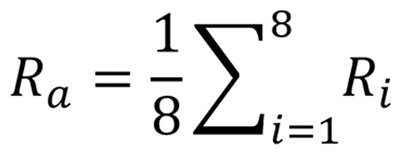
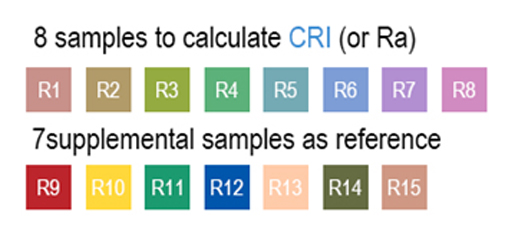

CRI=Measures fidelity Based on the Average number of R1-R8 scores
Pay special attention to:
-R9 for saturated reds
-R13 and R15 for skin tones
Well stablished industry standard
Limited to just 8 pastel tones
Penalizes saturated colors
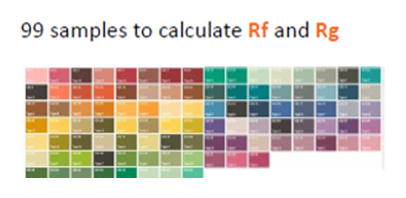
Rf , Rg=Measures fidelity and gamut based on 99 colors samples.
Gamut allows you to understand the color saturation vs the reference source
The two index values indicates
more fairly the color performance
Not fully adopted
New metrics can create confusion
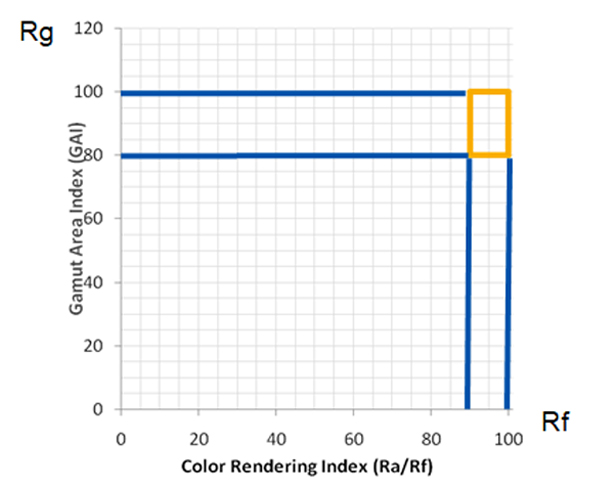
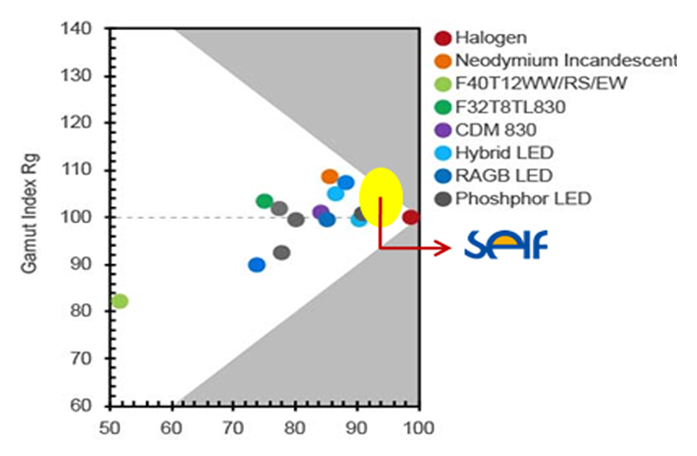
The color temperature of a light source refers to the temperature of an ideal black-body radiator that emits light of a similar hue to that of the light source. It is measured in Kelvin (K). Lower Kelvin values typically result in a "warmer" light that appears yellow, orange, or red, while higher Kelvin values produce a "cooler" light that appears bluish.
